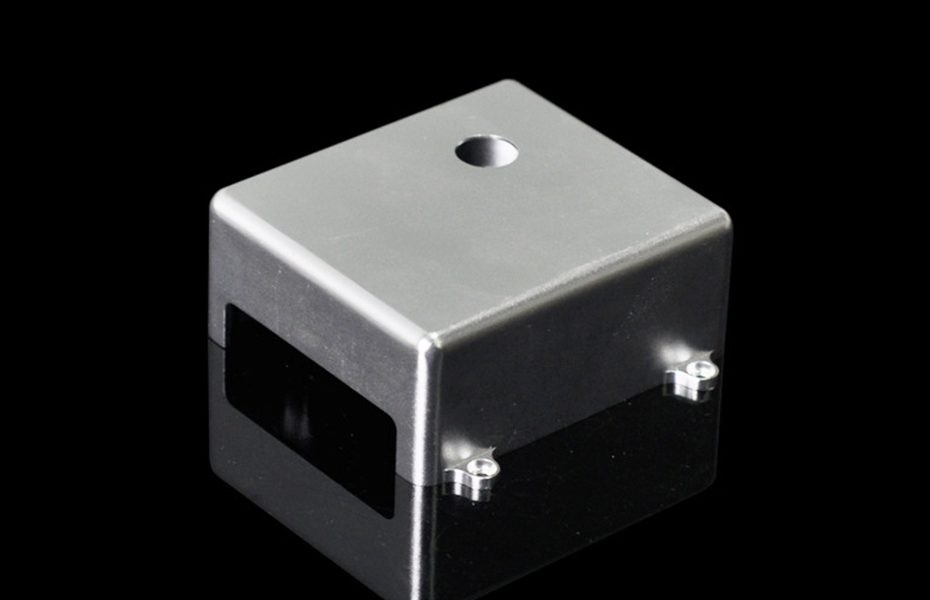Manufacturing has come a long way since the days of manual labor and hand tools. Today, advanced technologies such as computer numerical control (CNC) machining have revolutionized the way we fabricate parts and components, providing high levels of efficiency and accuracy. However, despite the numerous benefits of CNC machining, manual machining still holds a place in the manufacturing world, offering a level of craftsmanship and creativity that cannot be replicated by machines. In this article, we’ll explore the differences between CNC and manual machining, and examine the pros and cons of each method.
CNC Machining
CNC machining is a computer-controlled process that automates the production of parts. The process begins with a computer-aided design (CAD) file, which is fed into a CNC machine and used to guide cutting tools to fabricate the desired part. This results in a highly repeatable and accurate process that can produce parts with tight tolerances and complex shapes.
Pros of CNC Machining:
- Speed: CNC machining is much faster than manual machining, allowing manufacturers to produce high volumes of parts quickly and efficiently.
- Precision: CNC machining is capable of producing highly accurate parts with tight tolerances, making it ideal for precision components such as medical devices, aerospace parts, and electronics components.
- Repeatability: CNC machining is highly repeatable, ensuring that each part produced is exactly the same as the last.
Cons of CNC Machining:
- Cost: CNC machining can be expensive to purchase and maintain, and the cost of programming and setting up the machine can be substantial.
- Complexity: CNC machining can be complex to operate and requires skilled machinists to program and maintain the machine.
Manual Machining
Manual machining is the traditional method of fabricating parts using hand tools and machines such as lathes, mills, and drill presses. The process requires a skilled machinist who can use their knowledge and experience to produce parts with a high degree of accuracy and precision.
Pros of Manual Machining:
- Cost: Manual machining is a low-cost option for small production runs or one-off projects.
- Creativity: Manual machining allows for more creative freedom and versatility in the production process, allowing machinists to make changes on the fly based on their experience and intuition.
- Flexibility: Manual machining can be used to fabricate a wide range of parts, from simple to complex.
Cons of Manual Machining:
- Speed: Manual machining is much slower than CNC machining, making it unsuitable for mass production runs.
- Accuracy: The accuracy of manual machining depends heavily on the skill of the machinist, which can lead to inconsistencies in the final product.
Both CNC and manual machining have their own unique advantages and disadvantages. CNC machining provides speed, precision, and repeatability, while manual machining offers creativity, flexibility, and cost-effectiveness. Whether you choose CNC or manual machining will ultimately depend on the specific requirements of your project, including production volume, lead time, part complexity, and budget. In the end, both methods offer a balance of efficiency and craftsmanship, making them essential tools in the world of manufacturing.
Are you in need of a reliable and efficient CNC machining partner? Look no further than DFM Rapid. Our team of skilled machinists and advanced equipment are equipped to handle a wide range of projects, from small prototypes to high-volume production runs. Trust us to deliver the results you need with our exceptional CNC machining services.
Contact us
We specialize in Aluminium CNC Service. If you have any CNC aluminum projects that need a quote, don’t hesitate to contact us.
